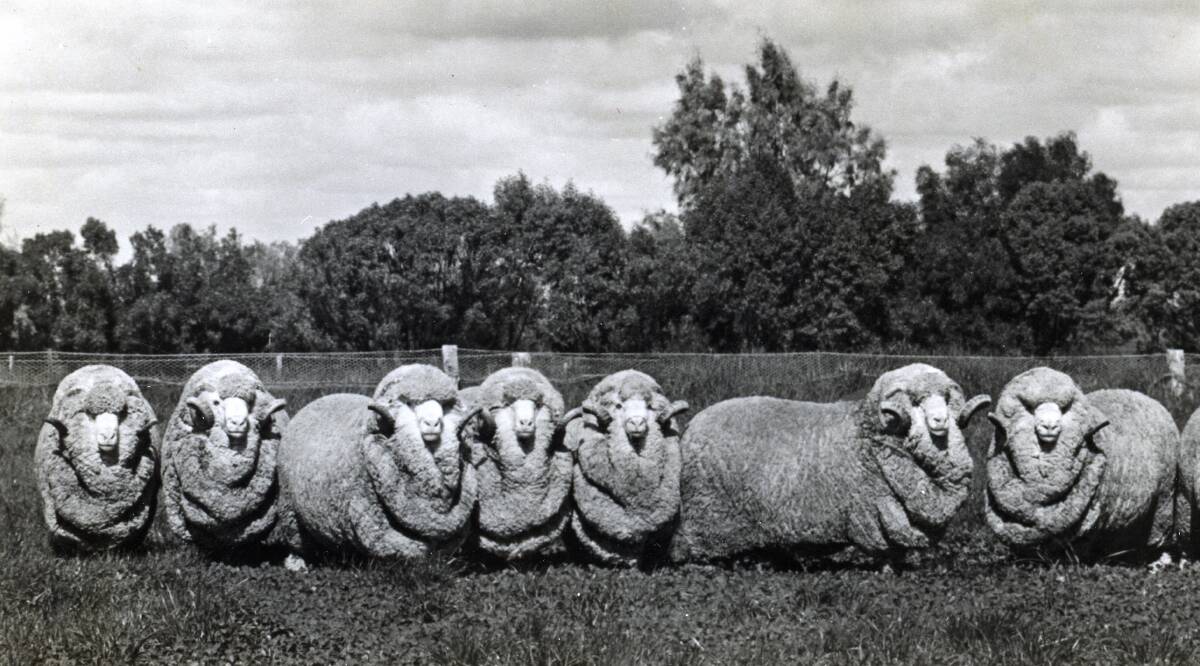
If not for the Merino, and too a lesser extant, the discovery of gold in the 1850’s, Australia as a nation would have been slower in reaching a level of mature prosperity and political independence.
Subscribe now for unlimited access.
$0/
(min cost $0)
or signup to continue reading
For it was through the determination of many skilled breeders, Merino wool emanating from the colonies found favour among the English manufacturers, thereby ensuring the stocking of the great grasslands had a purpose.
The inland region would have eventually been settled, but it was the impetus under the guise of Victorian-era adventurism that drove squatters to follow the tracks of the early explorers and found their sheep stations around suitable waterholes.
Homesteads, stock yards and woolsheds were built, paddocks fenced, railways linked the outback with the coastal ports to transport the wool from the stations to point of sale and towns were formed: all originally based on the notion that Australian-grown finewool had an infinite future on the global textile markets.
Profits from wool sales were great: but out of that prosperity, grievance arose when the shearers, upon whom the wool growers depended for the harvest of the fleeces, went on strike determined to earn more for their labour and work under more congenial conditions.
Perhaps the most famous shearer’s strike was the one which gathered under the ghost gum outside the Barcaldine railway station.
The Great Shearers Strike in 1891 saw over 1000 shearers swear allegiance to fight for justice and equality, rallying around the Southern Cross flag which was originally raised over the Eureka Stockade in 1854, the first organised rebellion against the tyranny of authority.
Those disputes were the precursor to a fairer and more equitable society, the envy of many and by the beginning of the 20th century, the Commonwealth of Australia was officially proclaimed.
It was a commonwealth built on the profits of the wool industry, but one in which many shared and it is a credit to the industry it is once more truly recognised.

